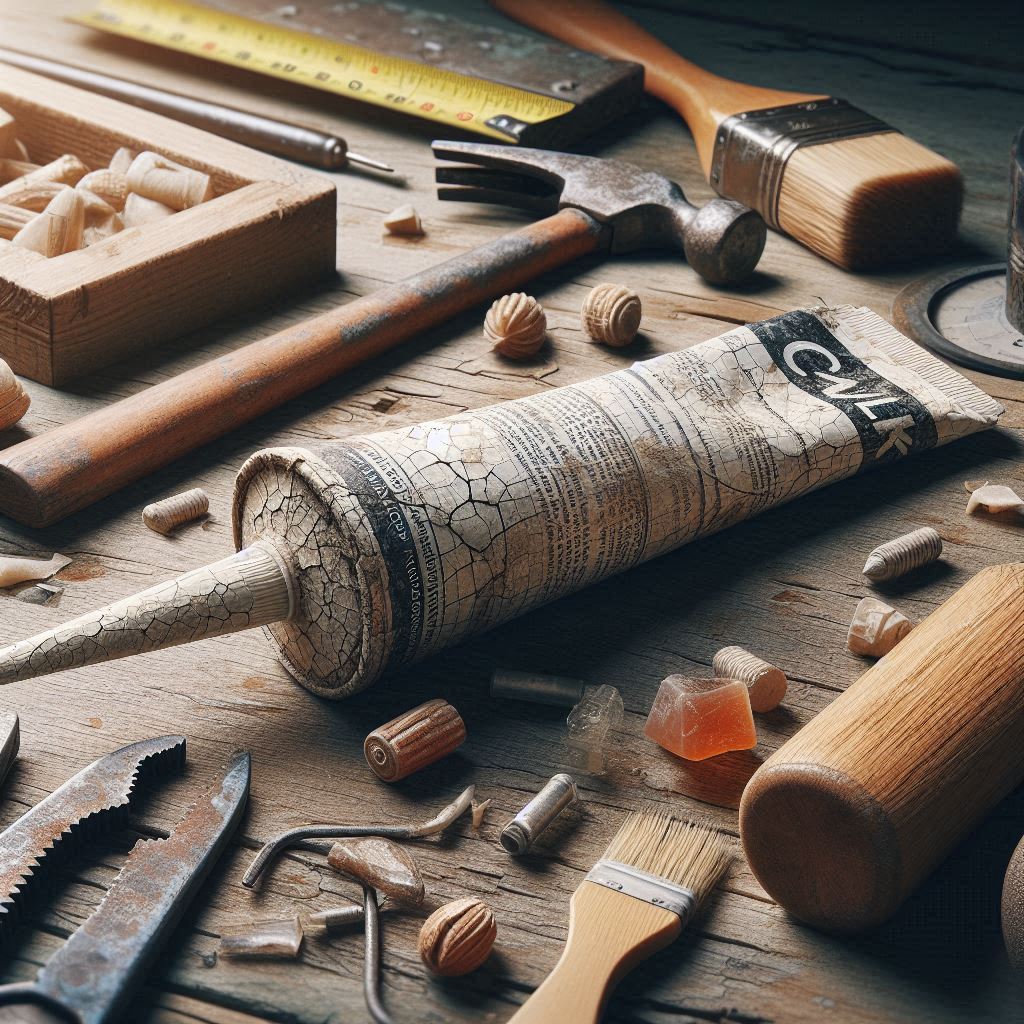How to Remove Old Caulk is a forever question running in your mind? Removing old caulk is a necessary task before applying new sealant around areas prone to moisture, such as bathtubs, showers, and sinks. If you skip this step, new caulk won’t adhere properly, which could lead to leaks and water damage.
Table of Contents
1. Recognize the Signs That It’s Time to Replace Caulk
Over time, caulk loses its ability of being a watertight seal. Following will help you recognize the removal or replacement time:
- Cracks and Gaps: Visible cracks or gaps in the caulk line can no longer prevent moisture from seeping into walls or other surfaces.
- Peeling or Flaking: When caulk starts peeling away from the surface, it loses its sealing properties and allows water to infiltrate.
- Yellowing or Fungus Growth: Moisture or water getting into the caulk can cause it to rot, fungus growth or yellowing, all of which are neon signals to replace it.
- Shrinkage: As caulk dries out, it shrinks, leaving gaps. This allows air and moisture to penetrate, compromising the seal.
- Loss of Flexibility: Caulk should remain flexible, but when it becomes brittle, it can’t expand or contract with the movement of the surfaces.
Once you’ve identified that the old caulk needs replacing, you can proceed with the removal process.
2. Tools and Materials You Will Need
To know how to remove old caulk efficiently, you’ll need a few basic tools. Here’s what you’ll need:
- Craft knife or Razor: To score the caulk and loosen it from the surface.
- Caulk Removal Tool: Designed specifically for scraping off old caulk without damaging surrounding surfaces.
- Plastic Putty Knife: A flexible blade for scraping off stubborn caulk remnants.
- Wet-dry Vac: To get rid of any impurities or dirt after caulk removal.
- Chemical Caulk Remover: A product to break down the adhesive properties of old caulk for easier removal.
- Heat Gun or Hair Dryer (Optional): heat makes the caulk soft and you can remove it without much effort.
Having the right tools ensures you can remove old caulk with minimal damage to your surfaces, creating the best conditions for a new, clean application.
3. Step-by-Step Guide for Removing Old Caulk
Step 1: Prep the Area
First you need to prepare the specific area i.e. cleaning. Take a detergent with gentle composition and scrub it in the area to remove any dirt or grease, so there won’t be any impurities. A clean area will allow the new caulk to bond effectively and provide a longer-lasting seal.
Step 2: Apply Chemical Caulk Remover (Optional)
You can also use a 3M Caulk Remover or DAP Caulk Remover Gel or any other removers of your choice. A chemical caulk remover can remove caulk more easily. Apply it to the caulk bead and let it sit as directed by the manufacturer—often, the product works best when given time to penetrate, so leave it for several hours or even overnight if possible. When left for a possible amount of time, composition of caulk relaxes and you can just swish it away with a cloth.
Step 3: Score the Caulk
Using a box cutter or razor, make shallow, controlled cuts along both sides of the caulk. Score both horizontally and vertically to create clear cut lines. This step is important as it allows the caulk to be peeled off in strips, rather than coming away in small fragments that are harder to remove.
Step 4: Apply Heat (Optional)
If the caulk you’re working with is especially persistent, you can use heat. Like using a hair dryer but keep the heat level low. Hover it over the caulk until it softens. Hold the heat source a few inches away from the caulk to avoid damaging the surrounding materials. This will make the caulk more pliable and easier to peel off.
Step 5: Remove the Caulk
To remove the caulk after it becomes softer, use a box cutter, scraper or razor to scrape off the softened caulk. Try to peel it away in strips rather than scraping it off in small bits. This is usually more efficient and results in less mess.
Step 6: Clean the Area
After the old caulk is removed, you can use a wet-dry vaccum to get rid of any debris left on or behind. Then, damp a piece of cloth in rubbing alcohol and clean that area with it. Rubbing alcohol will remove any and every caulk left behind and readies the area for the application of new caulk.
Step 7: New Caulk Time
After cleaning the area or surface completely, you can now smear on the new caulk new caulk. Ensure that the new caulk adheres properly by applying a consistent bead along the seams and levelling it properly with a caulk tool or your finger.
These 7 steps explained simple how to remove old caulk and replace it.
4. Tips for a Professional Finish
To ensure the best results when removing old caulk and applying new, follow these additional tips:
- Use Plastic Tools: To avoid scratching or marring the surface, use plastic or polished steel tools for scraping. Metal tools, especially those with sharp edges, can damage delicate surfaces like acrylic or fiberglass.
- Test the Flexibility: Before applying new caulk, check if the surface is free of moisture or mold, which could prevent proper adhesion.
- Be Patient: When using chemical removers, don’t rush the process. Allow the remover to sit and soften the caulk as directed for better results.
- Avoid Slipping: Always ensure that the area around your tub, shower, or sink is dry during the removal process to prevent slipping or accidents.
5. Frequently Asked Questions (FAQs)
What’s the easiest way to remove caulk?
Using a combination of chemical caulk remover and manual tools like a caulk removal tool, utility knife, or razor blade is the easiest and most efficient way.
How do you dissolve waterproof silicone caulk?
For silicone caulk, try using vinegar, rubbing alcohol, or even WD-40. These substances can help break down the bond, making it easier to remove.
What is the best tool to remove caulk?
A caulk removal tool made of plastic or polished steel is ideal. These tools won’t scratch your surface and are designed to get into narrow crevices for efficient removal.
Conclusion
To know how to remove old caulk is necessary for keeping your bathroom, kitchen, or other watertight areas safe from any type of water damage. By following these seven simple steps—prepping the area, applying the right removers, and using the proper tools—you’ll ensure that your new caulk will form a lasting, effective seal. Take the time to remove the old caulk properly, and you’ll enjoy a cleaner, moisture-free space for years to come.
So, how to remove old caulk? Now you know.



